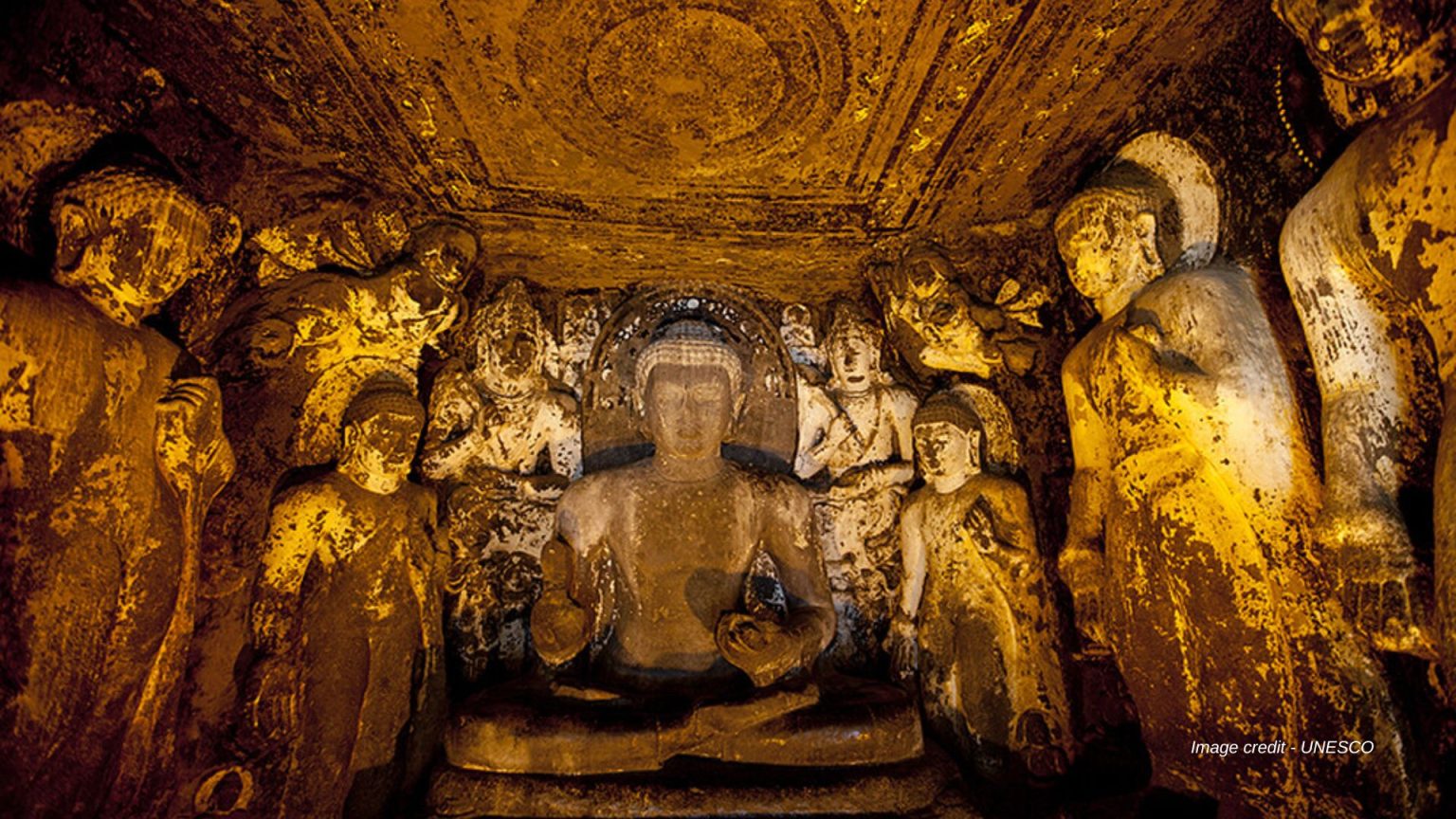One of the many discussions and deliberations that took place at the G20 Tourism Working group meeting at Rann of Kutch was a discussion on the ‘Promotion of Archaeological Tourism.’ It is not a novel concept; several countries and the United Nations World Tourism Organization (UNWTO) have taken various steps in that direction.
Tourism brings tons of benefits to a country. Creation of jobs, development of infrastructure, exchange of cultures, people-to-people contact, and boosting the economy of a country among others. Archaeological tourism is a kind of tourism that promotes travel to historical and archaeological places of interest. As it encourages tourism and satisfies public interest in ancient sites, it has two major positive effects among others.
India, home to several archaeological sites
India, a civilization that dates back to thousands of years has a humongous treasure of several archaeological sites. The country is filled with historical sites, and cultural heritage and is the melting pot of various religions, cultures, etc. There are a lot of prospects for archaeological tourism in a country like India. Primarily, the rich and diverse cultures of India shall be promoted both domestically and internationally. Secondly, it will create job prospects for the locals. And most importantly, it would play an instrumental role in the conservation of archeological sites by educating the masses about them.
Some of the most prominent civilizations and faiths in the world have their roots in India and have thrived in the country. The country has presently 40 UNESCO World Heritage Sites with Dholavira, Harappan city in the Rann of Kutch, and Kakatiya Rudreshwara (Ramappa) Temple being the latest additions in the list. Among the various sites are Ajanta caves, Ellora caves, Konark Sun Temple, Buddhist Monuments at Sanchi, Khajuraho Group of Monuments, and Elephanta Caves and more.
Thriving tourism sector of India
As per the latest information provided by the Ministry of Tourism, 6.19 million tourists visited India in 2022, despite the industry’s ongoing struggles with the consequences of Covid-19. India has remained one of the most popular tourist attractions for visitors from around the world. However, the country has to do a lot more to realize the optimal potential of its tourism sector. The government is working in this direction and has implemented various initiatives and policies along with investing heavily in strengthening the tourism infrastructure of the country. Further, as said by the Union Tourism Minister G.K Reddy that the country in the last 8.5 years has built extensive tourism infrastructure worth approximately USD 1 Billion to improve the tourist experience in the country.
Steps in that direction have been taken by the government through initiatives like the National Heritage City Development and Augmentation Yojana, or HRIDAY scheme, which aims to preserve and revitalize the rich cultural heritage of the country. The National Digital Tourism Mission, which is currently being formulated with the goal of bridging the gap between different stakeholders in the tourism ecosystem via digitization is yet another major step to strengthen the tourism sector.
It is crucial to safeguard archaeological sites
It is a well-known fact that a generation that is ignorant of its history has no past and no future. Conserving our cultural legacy, historical sites, and roots is crucial for our generation, which is rapidly evolving in the age of technology. The world has witnessed that due to a lack of awareness and resources various archaeological sites have been severely damaged or are deteriorating. The destruction of the city of Mosul in Iraq or the irreparable damage caused to the Bamiyan Buddha statues of Afghanistan is one of the most tragic losses for humanity.










